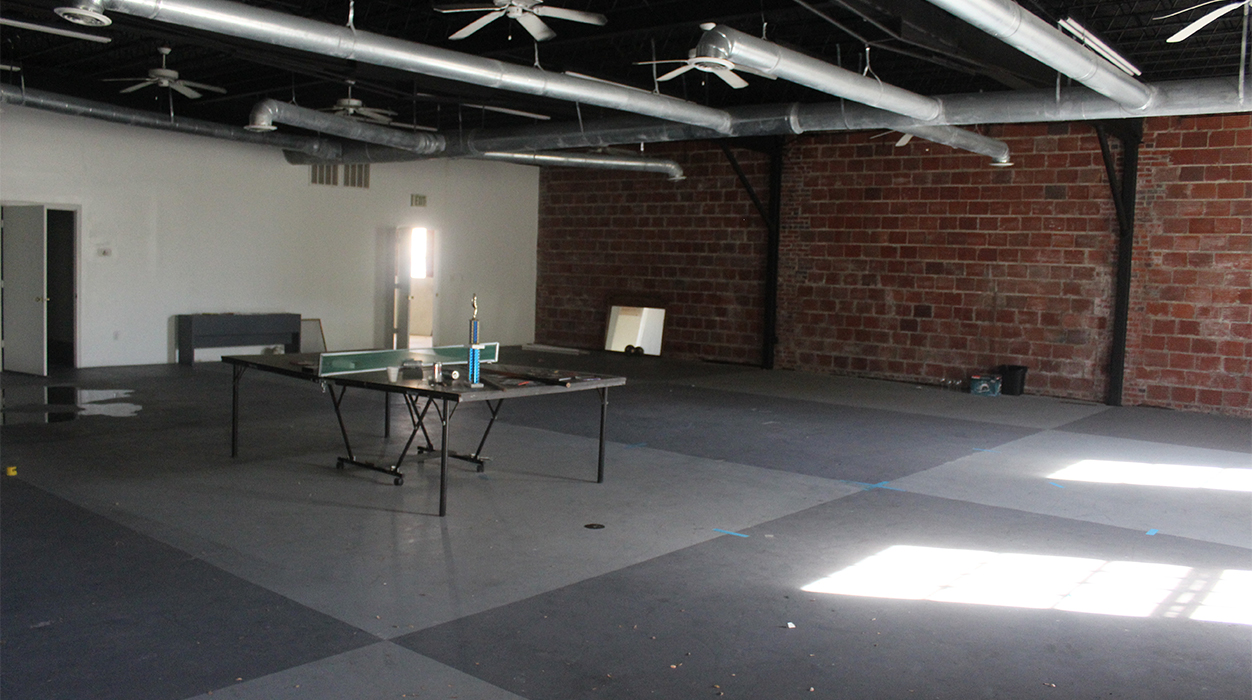State & Federal Historic Tax Credits, State Abandoned Building Tax Credit, Bailey Bill
Myrtle Beach, SC
1952
Synchronicity, Mashburn Construction
Grand Strand Brewing Company, Lofts at GSBC
The rehabilitation of this former five and dime store into a brewery and short term rental units retained the character-defining features of this mid-century commercial building while breathing new life into Myrtle Beach’s downtown. The project restored the original storefront design, retained the red baked enamel signboard as well as the original twelve-over-twelve second floor windows to maintain the commercial character while transforming the interior into a state-of-the-art brewery. The open floor plan helped maintain the historic mercantile space while the second floor storage space allowed more flexibility for subdividing into apartments. The exposed brick walls and metal decking ceilings were maintained as they were historically present while new floors and sheet rock partition walls were constructed for the building’s new use. The project has helped revitalize Myrtle Beach’s historic downtown commercial center while preserving a prominent historic building.






This two-story Colonial Revival building was constructed in 1952 as Edward’s 5¢ – 10¢ – $1.00 Store. Founded in Charleston by Edward Kronsberg in 1926, the Edward’s 5¢ – 10¢ – $1.00 Store expanded across the state into Bamberg, Walterboro, Conway, and North Charleston before coming to Myrtle Beach, and is representative of a thriving Jewish-owned business in Myrtle Beach. By 1980, Edward’s owned thirty-eight stores across South Carolina in over twenty-one cities.
When the store opened in May 1952, it was described as “modern in every respect,” including air conditioning, color-right lights, chrome display fixtures, and an open storefront. Many of the original fixtures are still extant, such as the storefront design, the flat, chrome awning, original windows, and a red baked-enamel sign board. Few tenants have occupied the building since Edward’s vacated the building in 1975.




